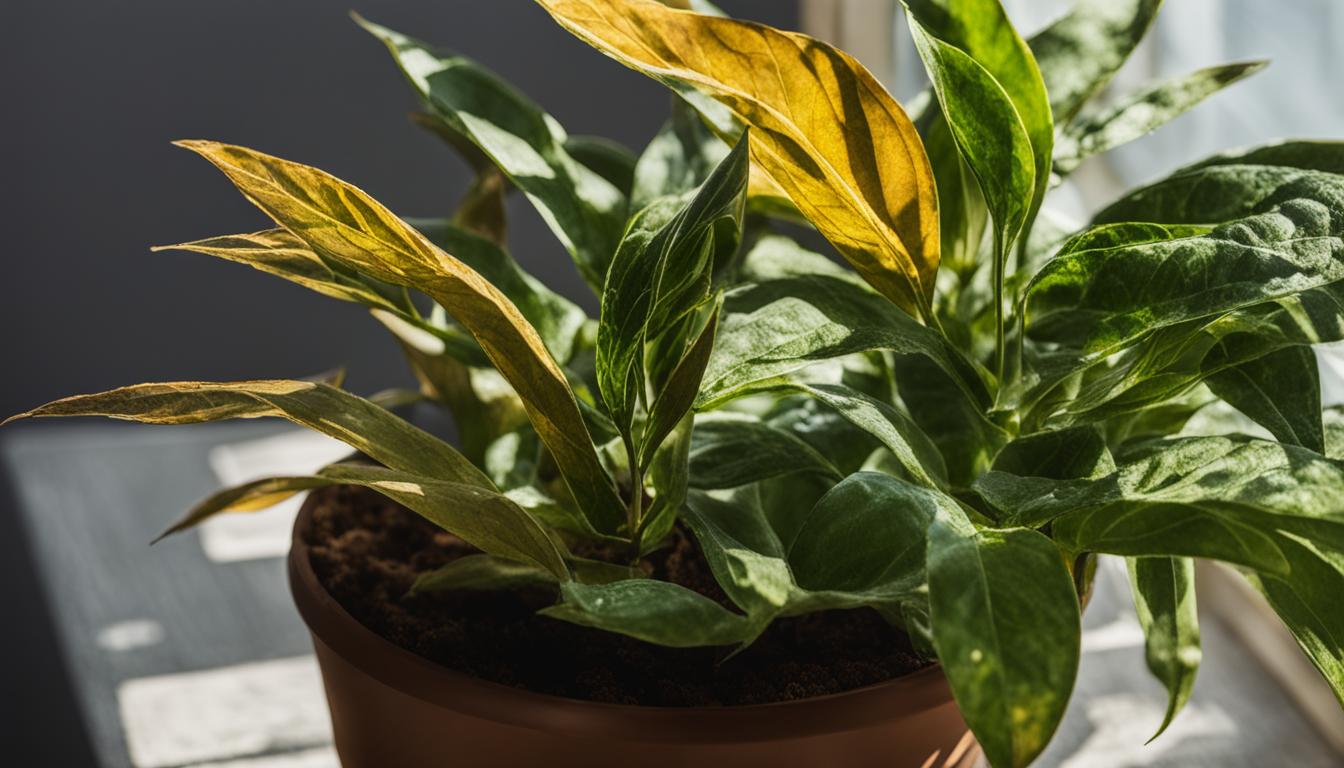
Houseplants thrive in higher humidity levels, as most of them are native to rainforests and humid environments. During the winter months, when indoor air tends to be drier, it’s important to take steps to increase humidity for your plants.
This article will provide tips and strategies to effectively control humidity for your indoor plants.
Key Takeaways:
- Understanding the importance of humidity for indoor plants.
- Recognizing the signs that your plants need higher humidity.
- Implementing various methods to increase humidity for your plants.
- Exploring smart devices for humidity control.
- Taking precautions to avoid excessive humidity.
Why is Humidity Important for Indoor Plants?
Humidity plays a vital role in the health and well-being of indoor plants. It directly affects their ability to regulate water balance through a process called transpiration.
Transpiration is the process by which plants release moisture through tiny pores on the underside of their leaves called stomata. When the humidity levels are low, plants lose water at a faster rate than they can replace it, leading to dehydration and stress.
Maintaining optimal humidity levels is crucial for the overall growth and vitality of indoor plants. Adequate humidity helps plants absorb water and nutrients from the soil effectively, promotes healthy leaf development, and supports the natural functions of the plant.
It also helps in preventing issues such as brown leaf tips, yellowing leaves, stunted growth, and wilting, which are common signs of low humidity stress.
Role of Humidity in Plant Health
The importance of humidity for plants goes beyond their water regulation. Humidity also affects the plant’s ability to defend against pests and diseases. When the humidity levels are too low, plants become more susceptible to infestations and infections.
On the other hand, high humidity can create a favorable environment for fungal growth and root rot, which can harm the plant’s overall health. Maintaining the right humidity balance is crucial for creating an optimal growing environment for indoor plants.
| Signs of Low Humidity Stress in Plants | Benefits of Optimal Humidity |
|---|---|
| • Brown leaf tips or edges | • Enhanced water and nutrient absorption |
| • Yellowing leaves | • Healthy leaf development |
| • Dull appearance | • Strong defense against pests and diseases |
| • Stunted growth | • Prevents infestations and infections |
| • Wilting | • Promotes overall plant health and vitality |
By understanding the importance of humidity for indoor plants, you can take the necessary steps to maintain optimal levels and provide a thriving environment for your houseplants.
Signs Your Indoor Plants Need Higher Humidity
Low humidity levels can have detrimental effects on indoor plants, causing them to exhibit various signs of stress. Recognizing these signs is crucial in determining whether your plants require higher humidity levels to thrive. Here are some common symptoms of insufficient humidity for houseplants:
- Brown leaf tips or edges: Dry air can cause the tips or edges of leaves to turn brown and crispy. This occurs because the plant loses moisture faster than it can absorb it.
- Yellowing leaves: When humidity levels are low, plants may experience yellowing leaves. This can be a result of inadequate water absorption or nutrient deficiencies caused by impaired root function.
- Dull appearance: Plants suffering from low humidity often appear dull and lackluster. Their leaves may lose their healthy shine and become droopy.
- Stunted growth: Insufficient humidity can hinder the growth of your indoor plants. If you notice that your plants are not growing as expected or are slower to develop new leaves, it may indicate a lack of humidity.
- Wilting: Inadequate humidity can lead to wilting, even if the plant is adequately watered. The lack of moisture in the air can cause the plant to lose water faster than it can replace it.
- Yellow leaves: Low humidity can cause leaves to turn yellow and eventually die. This can happen due to a lack of water absorption, leading to nutrient deficiencies and cellular damage.
Monitoring your plants closely and identifying these signs of low humidity can help you take prompt action to increase humidity levels and provide a healthier environment for your indoor plants.
5 Tips to Increase Humidity for Indoor Plants
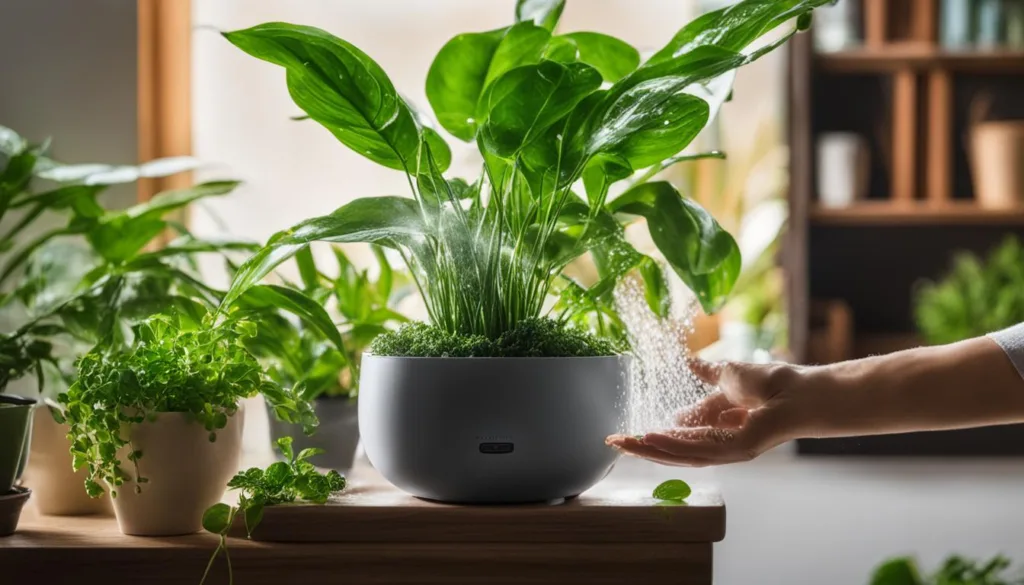
Proper humidity levels are essential for the health and growth of indoor plants. If you’re struggling to maintain the ideal humidity for your plants, here are five tips to help you increase humidity levels:
- Showering your plants: One simple way to increase humidity is to give your plants a gentle misting with water. This mimics the natural rainfall that many plants would experience in their native environments.
- Grouping plants together: By grouping your plants together, you can create a microclimate with higher humidity levels. As plants release moisture through transpiration, the surrounding air becomes more humid, benefiting all the plants in the group.
- Using sphagnum moss: Adding sphagnum moss to the top layer of your plant’s soil can help retain moisture. This natural material holds water well and slowly releases it over time, increasing humidity around the plant’s roots.
- Using glass domes: Placing a glass dome or cloche over individual plants can create a localized humid environment. The dome traps moisture released by the plant and creates a mini greenhouse effect, boosting humidity levels.
- Water-filled trays with pebbles: Placing your potted plants on trays filled with water and pebbles can increase humidity through evaporation. As the water evaporates, it adds moisture to the surrounding air, raising humidity levels.
These tips can be combined or used individually, depending on the needs of your plants and the level of humidity you’re trying to achieve. Experiment with different methods and monitor the results to find the best approach for your indoor garden.
Recommended Humidity Levels for Common Indoor Plants
| Plant Name | Optimal Humidity |
|---|---|
| Spider Plant | 40% – 60% |
| Peace Lily | 40% – 60% |
| Ferns | 50% – 80% |
| Orchids | 40% – 70% |
| Rubber Plant | 30% – 50% |
It’s important to note that different plants have varying humidity requirements. Refer to the table above for recommended humidity levels for common indoor plants. By providing the appropriate humidity for each plant, you can ensure their optimal health and growth.
How to Maintain Ideal Humidity Levels for Indoor Plants Using Smart Devices
Smart devices can revolutionize the way you control humidity for your indoor plants. With the advancements in technology, managing humidity levels has become more convenient and efficient.
By using smart humidity controllers or humidifiers, you can automate the process of regulating moisture in the air, ensuring that your plants thrive in the ideal environment.
With smart devices, you have the ability to set specific humidity levels and adjust them as needed. These devices utilize sensors to monitor the humidity in the air and make adjustments accordingly.
They provide real-time data, allowing you to stay informed about the environment your plants are in and make informed decisions about humidity control.
One of the key benefits of using smart devices is the convenience they offer. You can control and monitor the humidity levels of your indoor plants from anywhere, using your smartphone or other connected devices. This means that even when you’re away from home, you can ensure that your plants are receiving the right amount of humidity.
In addition to convenience, smart devices also provide a more precise and efficient way to control humidity. They eliminate the guesswork and human error that can occur when manually adjusting humidity levels. With smart technology, you can achieve a consistent and optimal humidity level, promoting the health and growth of your indoor plants.
Smart devices for humidity control are a game-changer when it comes to maintaining ideal humidity levels for your indoor plants. They offer convenience, precision, and efficiency, allowing you to automate the process and ensure that your plants thrive in the right environment.
By utilizing smart humidity controllers or humidifiers, you can easily monitor and adjust humidity levels from anywhere using your smartphone or connected devices. With smart technology, you can provide the optimal conditions for your indoor plants, promoting their overall health and vitality.
Key Tips for Humidity Control in Winter
During the winter months, maintaining adequate humidity levels for indoor plants can be challenging due to the dry air caused by heating systems. To ensure your plants thrive in the colder months, here are key tips for humidity control:
1. Avoid Placing Plants Near Heat Sources
Heating systems and radiators can significantly reduce humidity levels around your plants. To prevent excessive drying, avoid placing your plants directly next to heat sources. Instead, position them in areas that are away from direct heat, such as windowsills or corners of the room.
2. Regularly Mist Your Plants
Misting your plants with tepid water can help increase humidity in their immediate environment. Use a spray bottle to lightly mist the leaves, taking care to avoid soaking the soil. This simple practice provides a temporary boost in humidity and helps prevent your plants from drying out.
3. Use Humidity Trays or Pebble Trays
Creating a moist microclimate around your plants can be achieved by using humidity trays or pebble trays. Fill a shallow tray with water and place your potted plants on top. The water evaporates slowly, increasing the humidity immediately around the plants. Adding pebbles to the tray prevents the pots from sitting directly in the water, avoiding the risk of overwatering.
4. Relocate Plants to Naturally Humid Areas
If certain areas of your home, such as the bathroom or kitchen, naturally have higher humidity levels, consider relocating your plants to these areas during the winter months. The increased moisture in the air will benefit your plants and provide them with the ideal humidity they need to thrive.
| Key Tips for Humidity Control in Winter |
|---|
| Avoid placing plants near heat sources |
| Regularly mist your plants |
| Use humidity trays or pebble trays |
| Relocate plants to naturally humid areas |
By implementing these key tips for humidity control in winter, you can create a favorable environment for your indoor plants to thrive. Remember to monitor your plants closely and adjust humidity levels as necessary to ensure their health and vitality throughout the colder months.
Precautions for Humidity Control
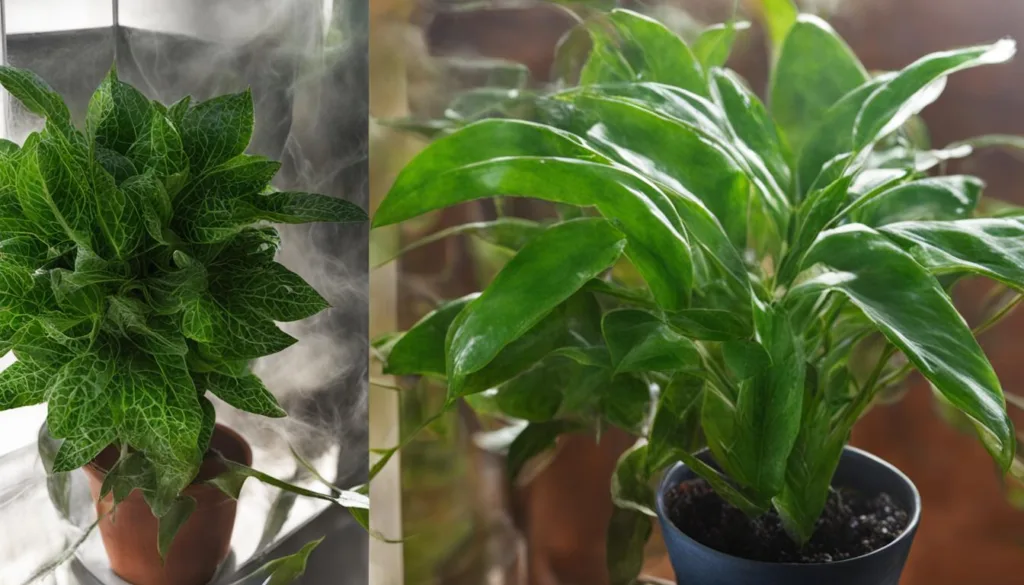
While maintaining proper humidity levels is essential for the health of your indoor plants, it’s important to exercise caution and avoid excessive humidity. Overly humid conditions can lead to fungal growth, root rot, and other issues.
It’s crucial to provide adequate airflow and ventilation to prevent these problems. Additionally, be mindful of the specific humidity requirements of different plant species to ensure you are providing the right level of moisture.
Dangers of Excessive Humidity
Excessive humidity can create a breeding ground for harmful pathogens and pests. Fungal diseases, such as powdery mildew and botrytis, thrive in high humidity environments and can quickly spread to your precious plants. Root rot is another common problem caused by excessive moisture, as it inhibits proper oxygenation and can lead to the decay of roots.
To prevent these issues, make sure your indoor space is well-ventilated. Open windows or use fans to circulate air and maintain a healthy airflow around your plants.
This will help remove excess moisture and prevent the buildup of humidity. Avoid overcrowding plants as this can restrict airflow and create pockets of stagnant air.
Plant-Specific Humidity Requirements
Each plant species has unique humidity requirements, and it’s crucial to understand these needs to provide the optimal environment. Some plants, such as tropical ferns and orchids, thrive in high humidity conditions, while others, like succulents and cacti, prefer lower humidity levels.
Research the specific humidity preferences of your plants and group them accordingly, creating microclimates within your indoor space.
Monitoring tools like hygrometers can help you track humidity levels and make adjustments as needed. Aim to keep humidity levels between 40% and 60% for most indoor plants, but be mindful of the individual requirements of each species. While it’s essential to increase humidity for certain plants, be cautious not to exceed their ideal range.
Controlling humidity for indoor plants requires striking a balance between providing enough moisture without creating excessive humidity. Proper airflow and ventilation are crucial in preventing fungal growth and root rot.
Understanding the specific humidity requirements of your plants will help you create the ideal conditions for their growth. By following these precautions, you can ensure that your indoor plants thrive in a healthy and well-regulated environment.
Natural Ways to Increase Humidity for Indoor Plants
If you prefer natural methods, there are several household items you can use to increase humidity for your indoor plants. These simple solutions are cost-effective and easy to implement, providing a more sustainable approach to humidity control.
Misting with Water
One of the easiest ways to boost humidity for your indoor plants is by misting them with water. Fill a spray bottle with room-temperature water and lightly mist the leaves of your plants. This helps to create a microclimate of increased humidity around the foliage. Be sure to use filtered or distilled water to avoid any mineral buildup on the leaves.
Water-filled Trays and Pebbles
Placing your plants on trays filled with water and pebbles can also help to increase humidity. The water evaporates slowly, creating a humid environment around the plants. Ensure that the water level does not reach the bottom of the pot to prevent overwatering. The pebbles provide stability for the pot and prevent the roots from sitting in water.
Utilizing Natural Humidity
You can take advantage of naturally humid areas in your home, such as the bathroom or kitchen, to provide a more favorable environment for your plants. Placing your plants near these areas allows them to benefit from the moisture generated during showers or cooking. However, be mindful of the specific light and temperature requirements of your plants when choosing their placement.
| Household Item | Usage |
|---|---|
| Water-filled Trays with Pebbles | Place plants on trays filled with water and pebbles to create a humid environment. |
| Spray Bottle | Mist plants with room-temperature water to increase humidity around the foliage. |
| Bathroom or Kitchen | Position plants near naturally humid areas to benefit from moisture generated during showers or cooking. |
By incorporating these natural methods into your indoor plant care routine, you can effectively increase humidity levels without relying on artificial devices. Remember to monitor your plants closely and adjust your chosen method based on their specific needs. With these simple yet effective strategies, your indoor plants can thrive in a healthier and more humid environment.
Controlling humidity for indoor plants is essential for their overall health and well-being. By implementing a combination of strategies and techniques, you can create the ideal environment for your plants to thrive.
Whether it’s showering them, grouping them together, using sphagnum moss, employing smart devices, or utilizing natural methods, each approach plays a crucial role in maintaining optimal humidity levels.
Monitoring your plants closely and taking prompt action when needed is key to ensuring their longevity and beauty. Recognizing the signs of low humidity, such as brown tips, yellowing leaves, or stunted growth, allows you to address the problem in a timely manner. With careful attention and adjustment of humidity levels, you can support the growth and vitality of your indoor plants.
Remember to exercise caution when controlling humidity and avoid excessive moisture. Adequate airflow and ventilation are important to prevent fungal growth and root rot.
Be mindful of the specific humidity requirements of different plant species to provide the right level of moisture. By following these guidelines, you can successfully maintain optimal humidity levels and promote the overall well-being of your indoor plants.
After reading this, check out our other articles on:
FAQ
Why is humidity important for indoor plants?
Humidity is crucial for indoor plants as it affects their ability to regulate water balance through transpiration. Maintaining optimal humidity levels is essential for the overall health and growth of indoor plants.
What are the signs that indoor plants need higher humidity?
Signs of low humidity in indoor plants include brown leaf tips or edges, yellowing leaves, dull appearance, stunted growth, wilting, and yellow leaves.
How can I increase humidity for my indoor plants?
Effective ways to increase humidity for indoor plants include showering plants, grouping them together, using sphagnum moss, employing glass domes, placing plants on water-filled trays with pebbles, and using humidifiers.
How can I maintain ideal humidity levels for indoor plants using smart devices?
Smart humidity controllers or humidifiers can be used to automate the process of regulating moisture in the air. These devices allow you to set specific humidity levels and adjust them as needed.
What are some key tips for humidity control in winter?
To maintain adequate humidity for indoor plants during winter, it’s important to avoid placing plants near heat sources, mist them regularly with tepid water, use humidity trays or pebble trays, and consider relocating plants to naturally humid areas of your home.
What precautions should I take for humidity control?
It’s important to provide adequate airflow and ventilation to prevent excessive humidity, which can lead to issues like fungal growth and root rot. Additionally, be mindful of the specific humidity requirements of different plant species.
Are there natural ways to increase humidity for indoor plants?
Yes, you can increase humidity using household items such as water-filled trays with pebbles, misting plants with water, using water-filled bottles or wet towels near plants, and utilizing the natural humidity of the bathroom or kitchen.
What is the summary of humidity control for indoor plants?
By using a combination of tips and strategies, such as showering plants, grouping them together, using sphagnum moss, employing smart devices, and implementing natural methods, you can create a favorable environment for your plants to thrive.

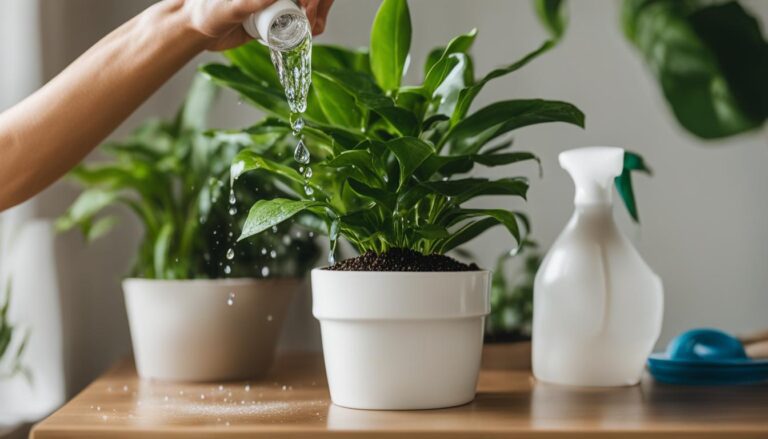
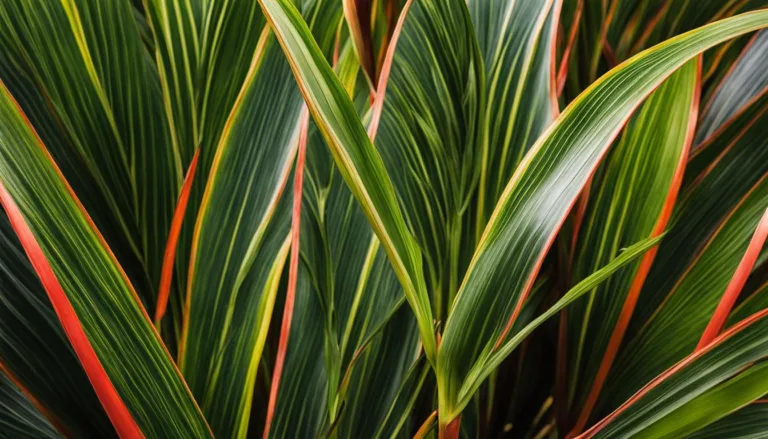
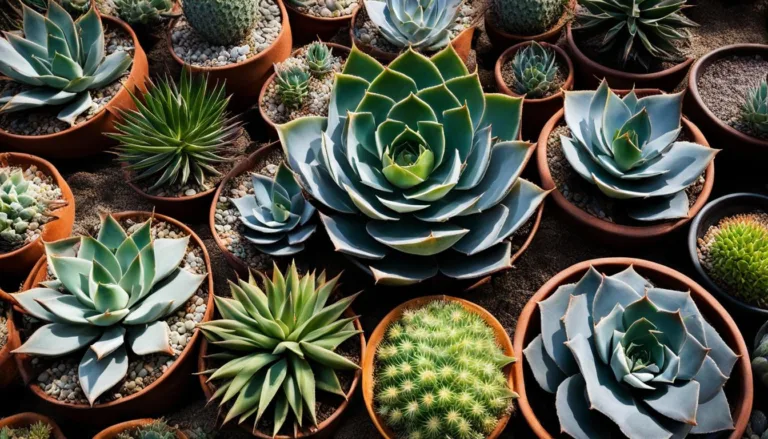
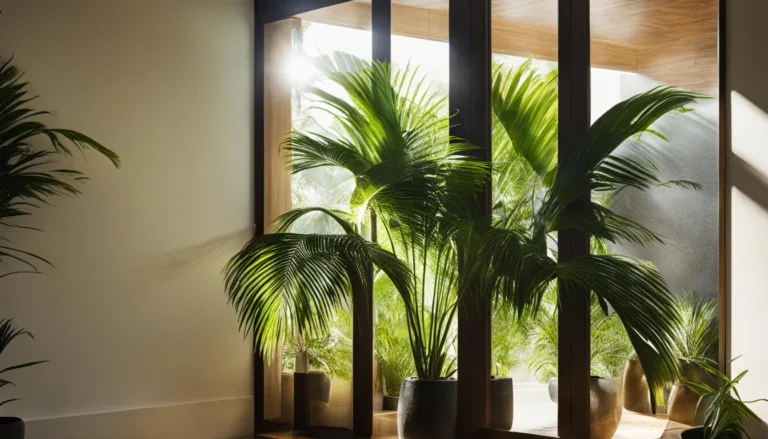
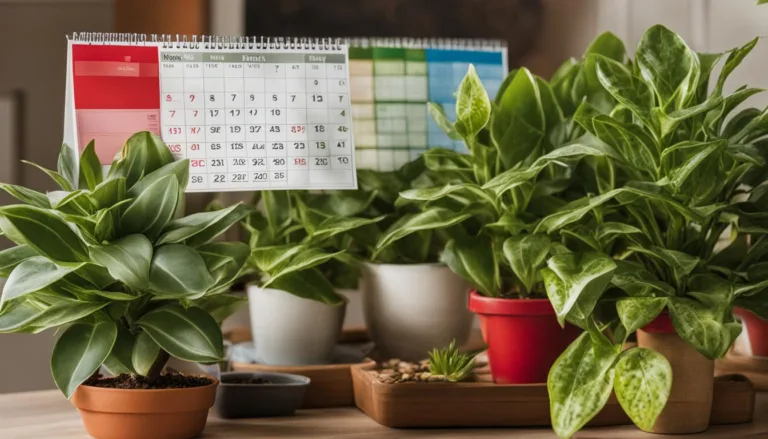
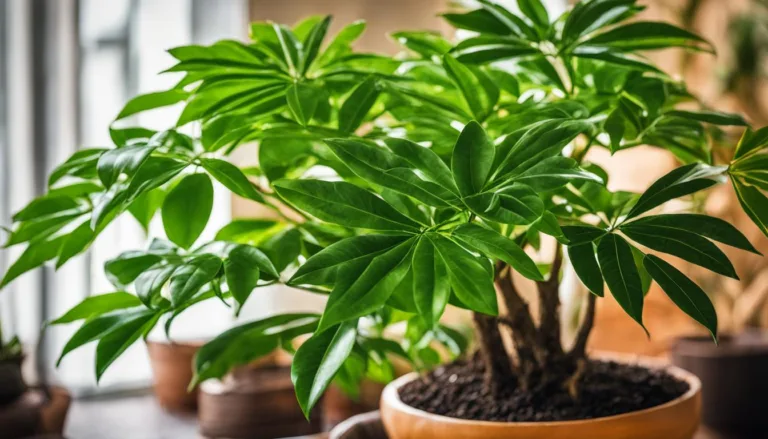
2 Comments
Comments are closed.